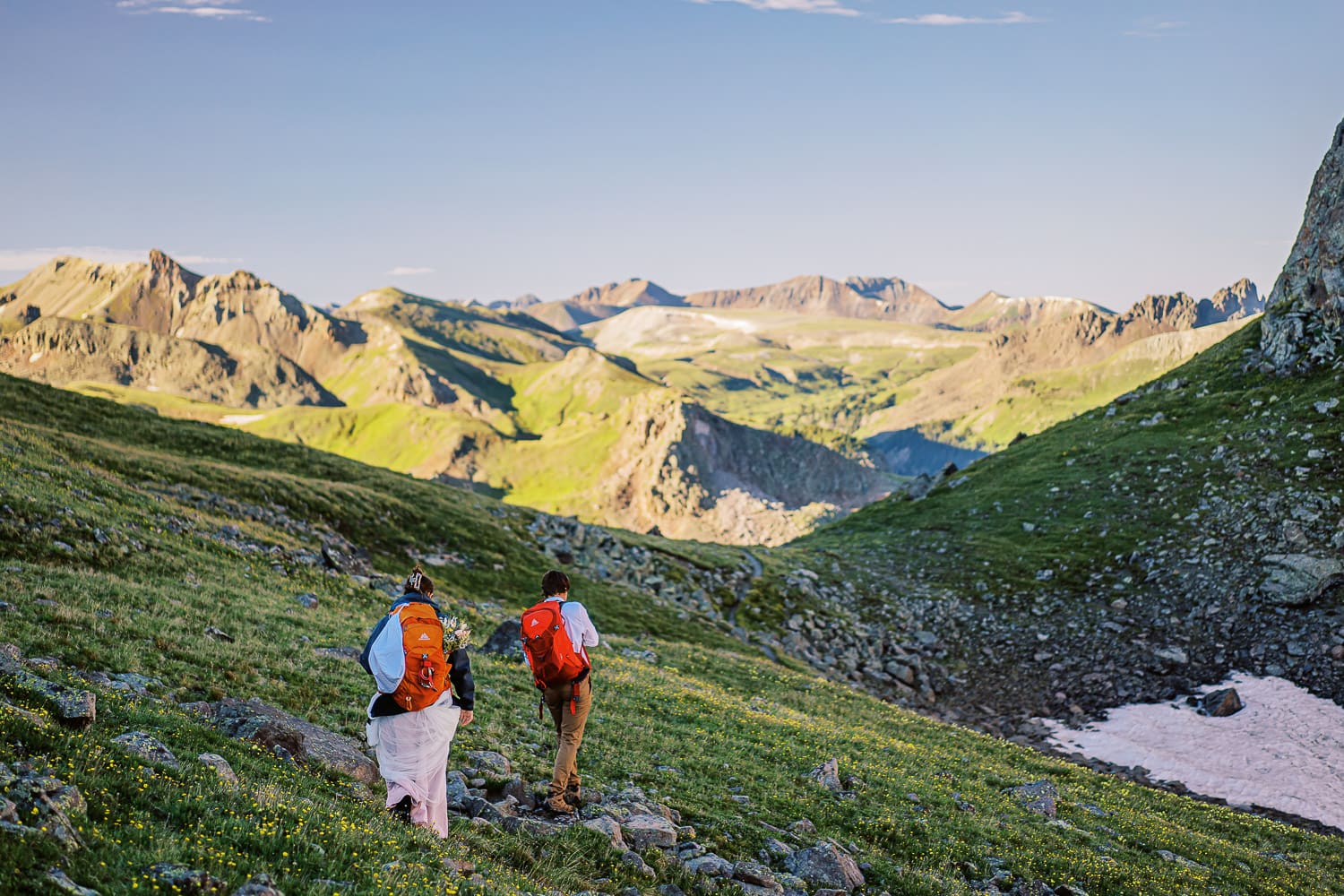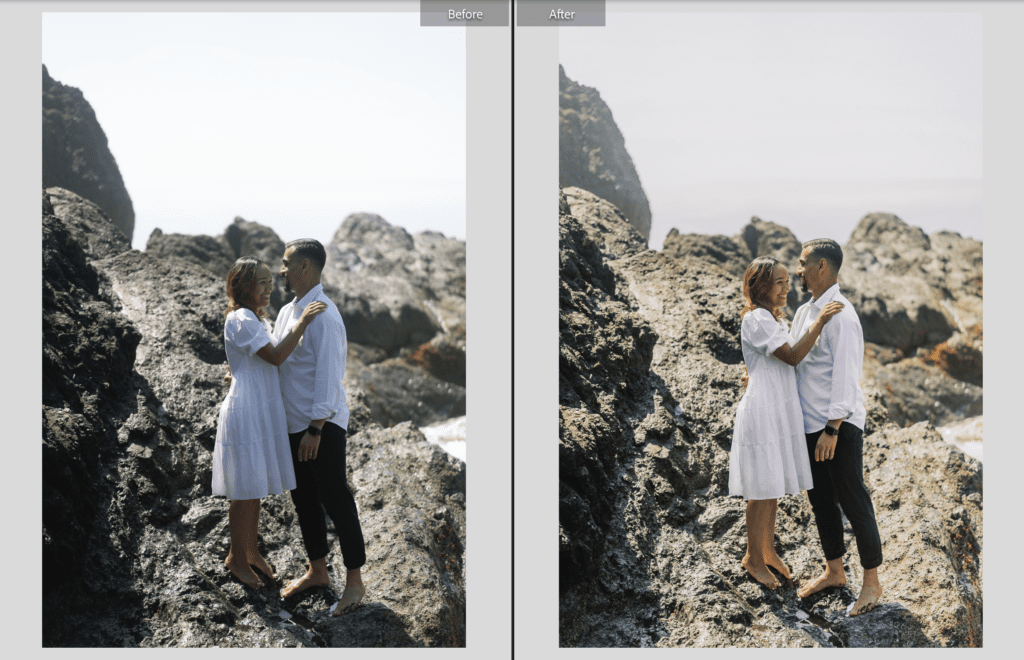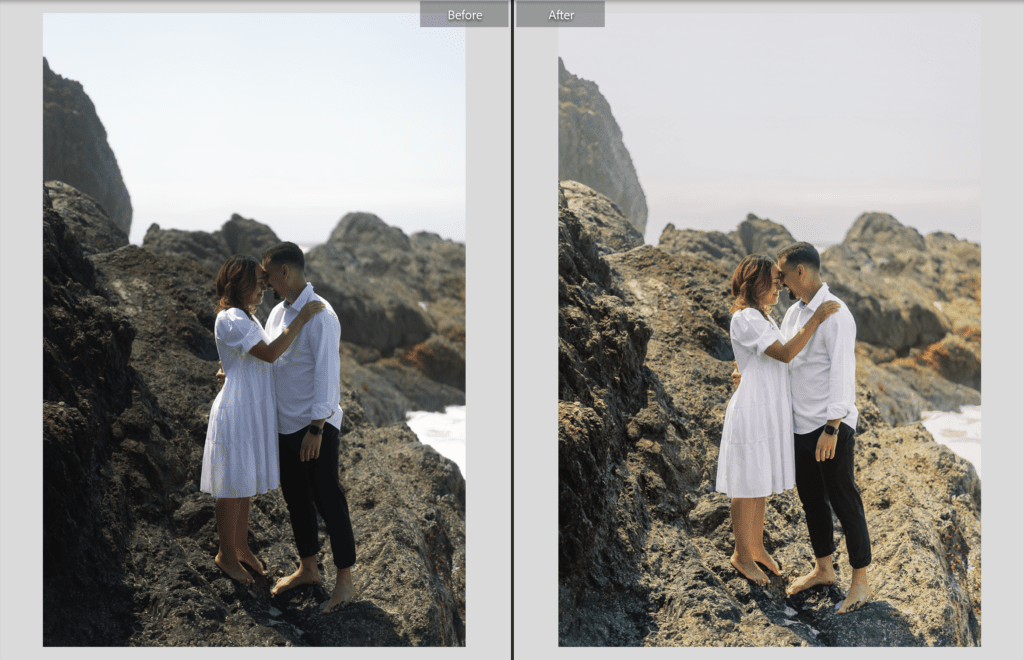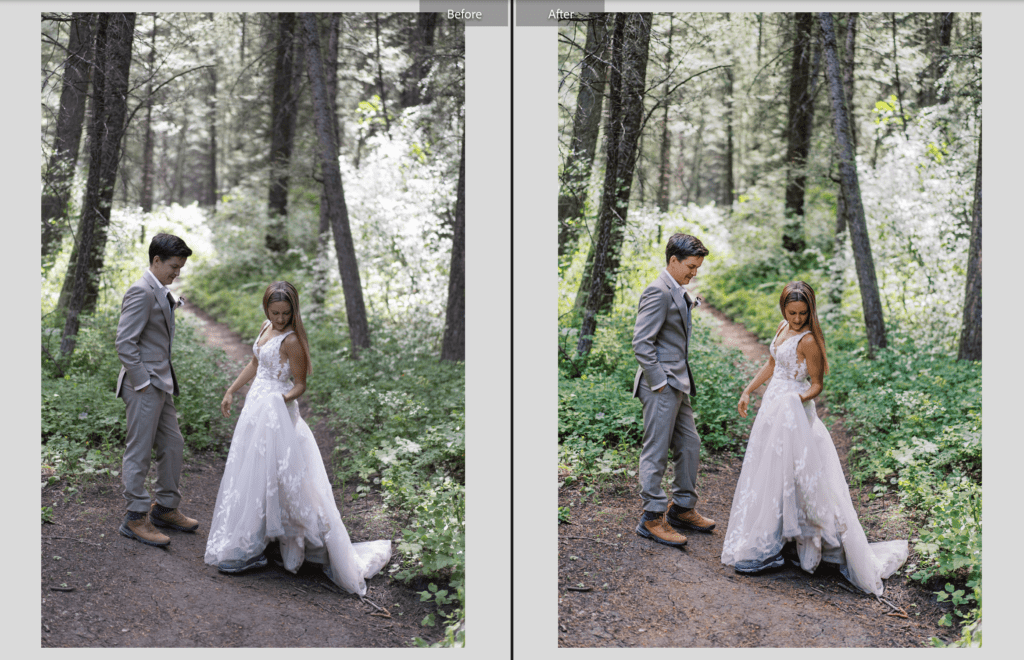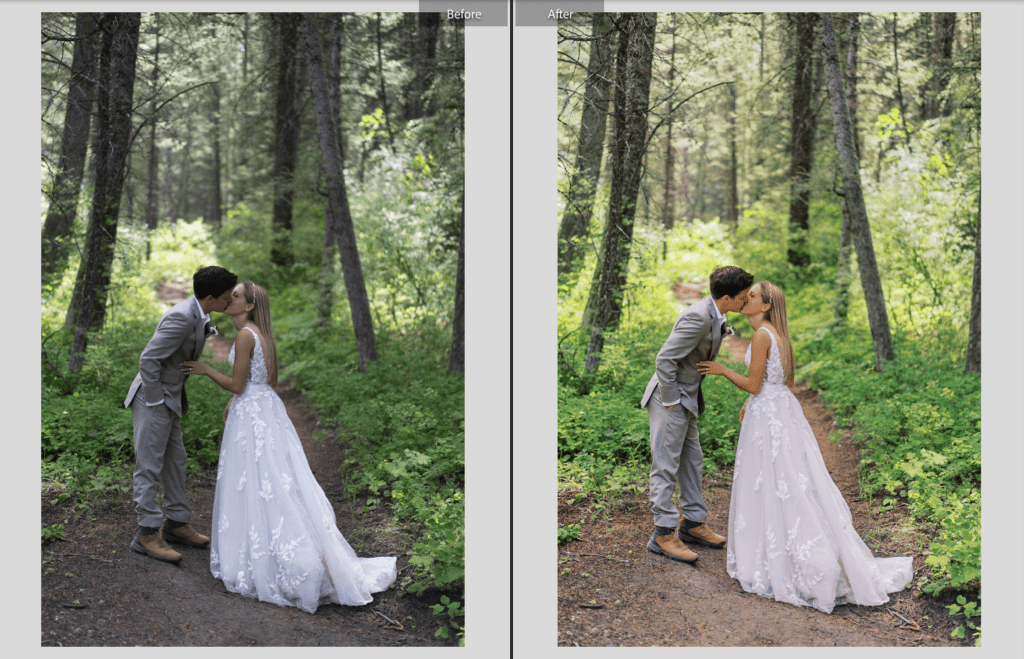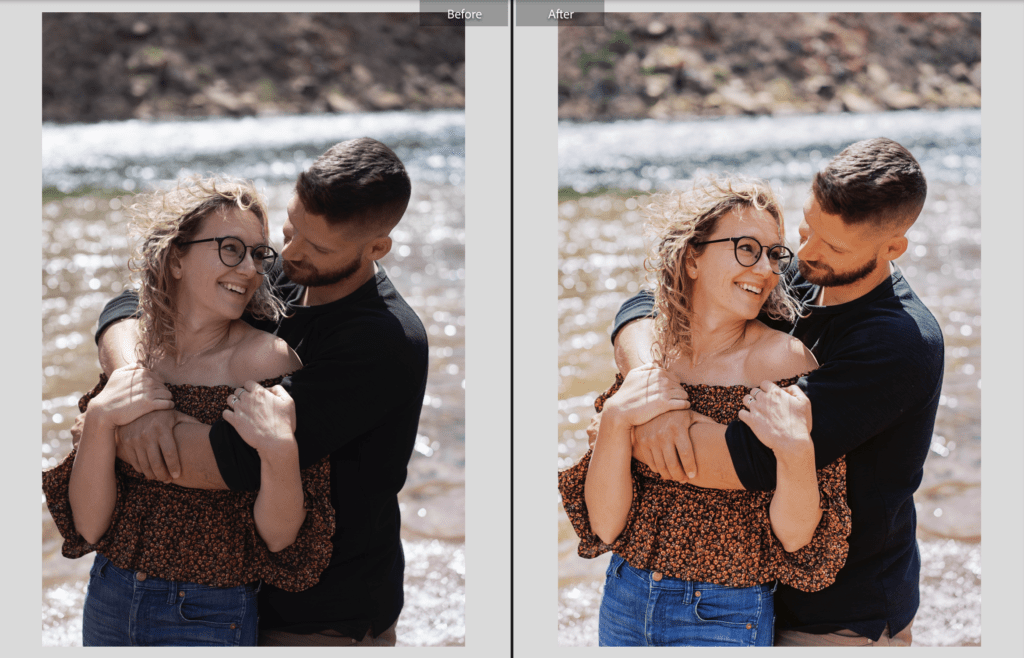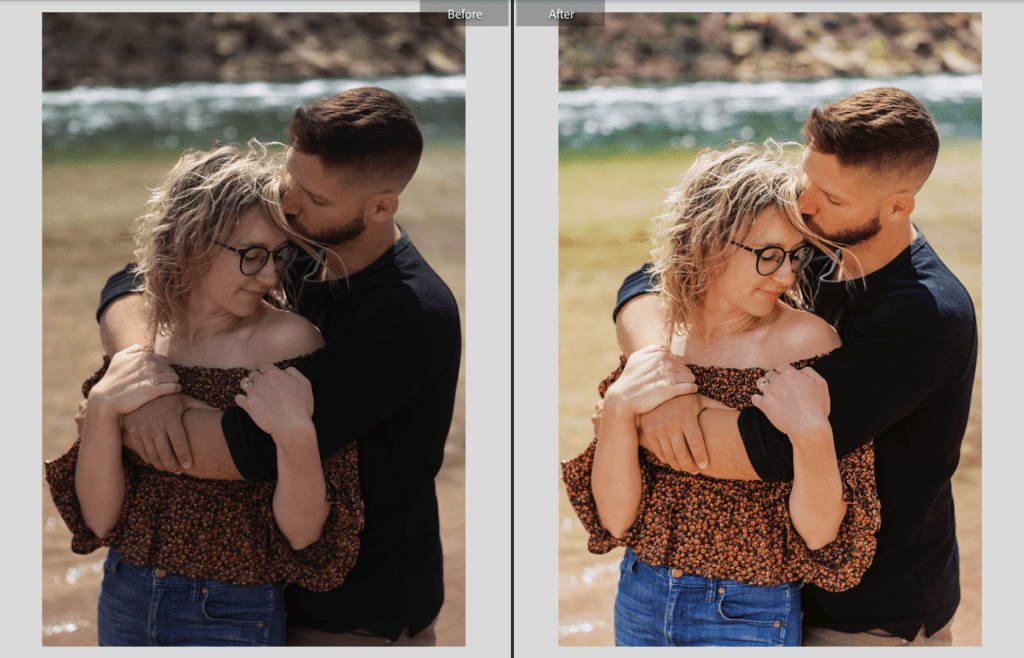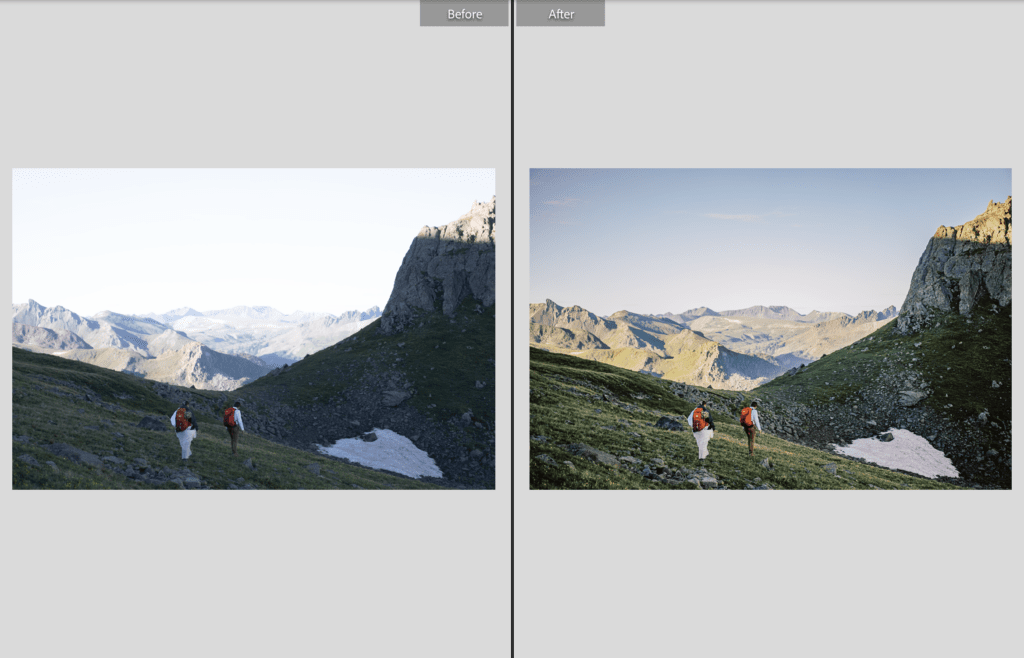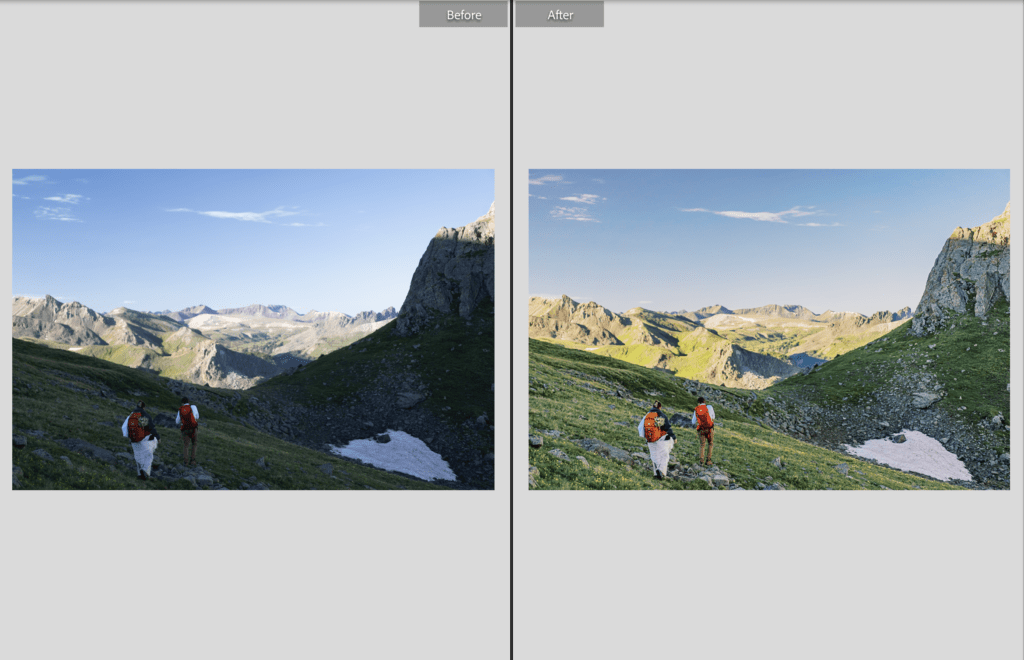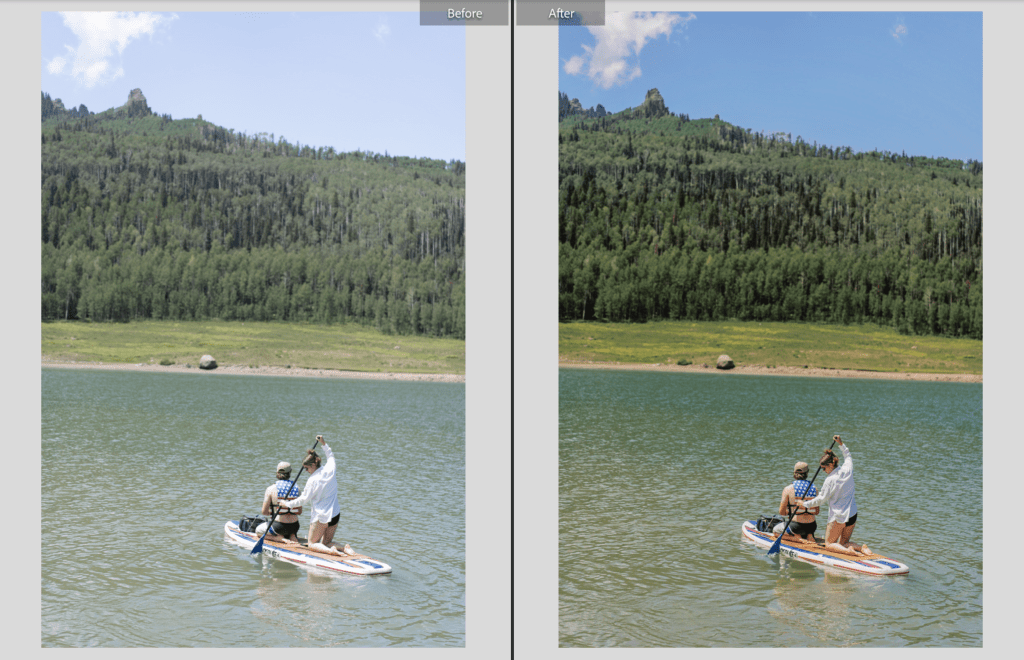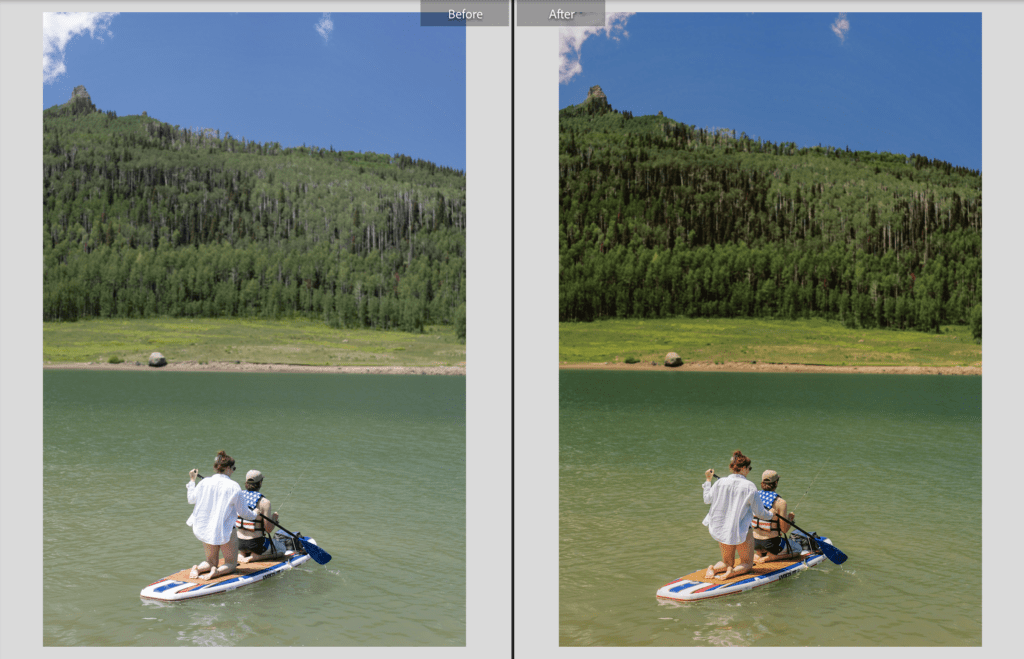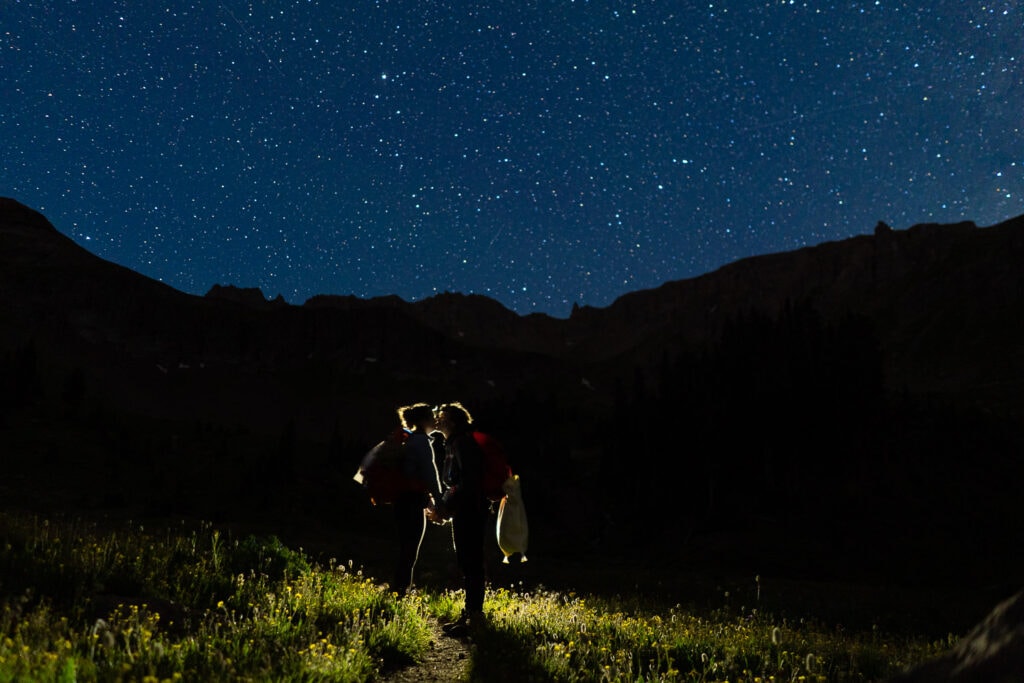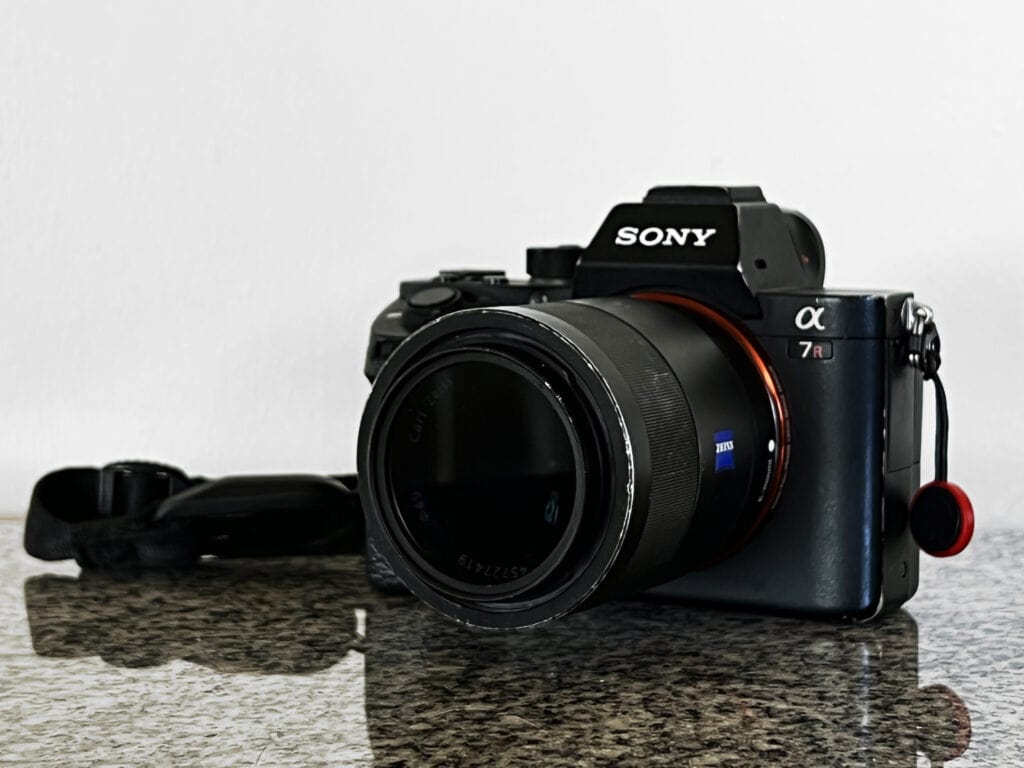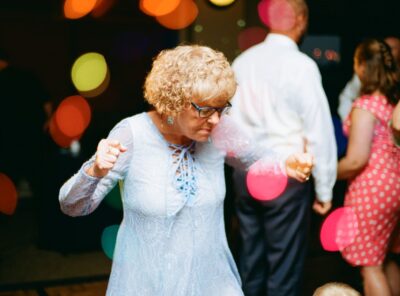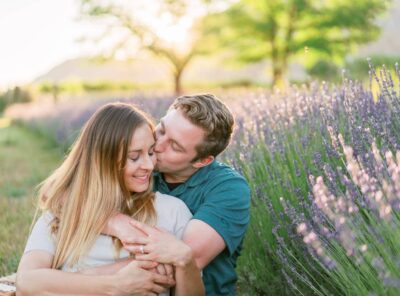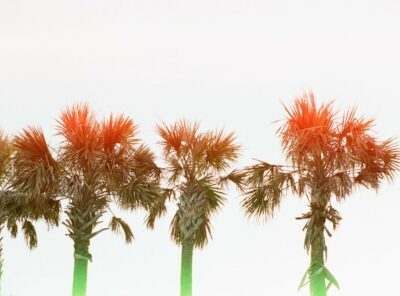Why All Photographers Should Try Using a Polarizer Filter
I love using polarizer filters for absolutely all of my shoots. While I have a bold & colorful style of photography, polarizing filters for photography are very useful regardless of your photography style. Read through this article & if you have any questions or things to add, drop a comment below! I’ve added some screenshots right from Lightroom of edited & unedited images throughout this so you can see the differences. Keep in mind that these are lower-quality screenshots & some of the colors are a bit off. You can also click on the photos to see them a little larger.
What Does a Polarizer Filter Do?
A polarizing filter helps you manage reflections & reflected light. Many people might just think of shiny objects like cars or natural elements like water when it comes to shiny things & reflected light. But sooo many other things can reflect light! Mountains, rocks, skin, bald heads, hair, leaves, smooth tree bark, clouds, anything wet, & more can all reflect light.
What a polarizer filter does is cut down on any excess brighter whiter light while still allowing the colors of the light, object, or surrounding landscape to still come through. Using a polarizer will help you create even better images no matter what your photography or editing style is! A polarizer will help with certain hazy lighting situations, foggy weather, alpenglow on the mountains, sunny beaches, sunsets & sunrises, forests with differences in lighting, & all sorts of other situations.
How to Use a Polarizer Filter
Most of the polarizer filters you will find out there are called circular polarizing filters. This means they can be adjusted which is very helpful when shooting different lighting situations. When you switch from shooting landscape orientation to portrait orientation, the circular polarizer filter will need to be rotated about 90º. Or if you change the direction you are shooting from north to south or something like that, the filter will also need to be adjusted then for optimal use.
When to Use a Polarizer Filter
I have a polarizing filter on every lens almost all the time. I use a polarizing filter when photographing everything from landscapes to people, far away & close up. If it is brighter inside or bright outside, I’m using a polarizer. If it is sunny, I am definitely using a polarizer. Sometimes I’ll use a polarizer when it is cloudy, sometimes I won’t. It will really depend on the landscape & weather as to if I use a polarizer when it is cloudy. I almost always use a polarizer when shooting near water as well.
When Not to Use a Polarizer Filter
A polarizer does reduce the overall light coming into the lens by just a little bit, not a lot but enough that I don’t use it during darker times such as blue hour or star photos. Sometimes on cloudy days I won’t use a polarizer but as I said earlier, it really depends on the day, weather, & landscape.
What Kind of Polarizing Filter I Use
I personally use the Tiffen filters which you can purchase from Amazon. You can even get this filter for your phone camera. (As an Amazon Associate I earn from qualifying purchases.) I feel like these filters have a good balance between a decent price & good quality. Remember that a reduced quality of your filters can also reduce the quality of your lens so you don’t want to use something super cheap.


